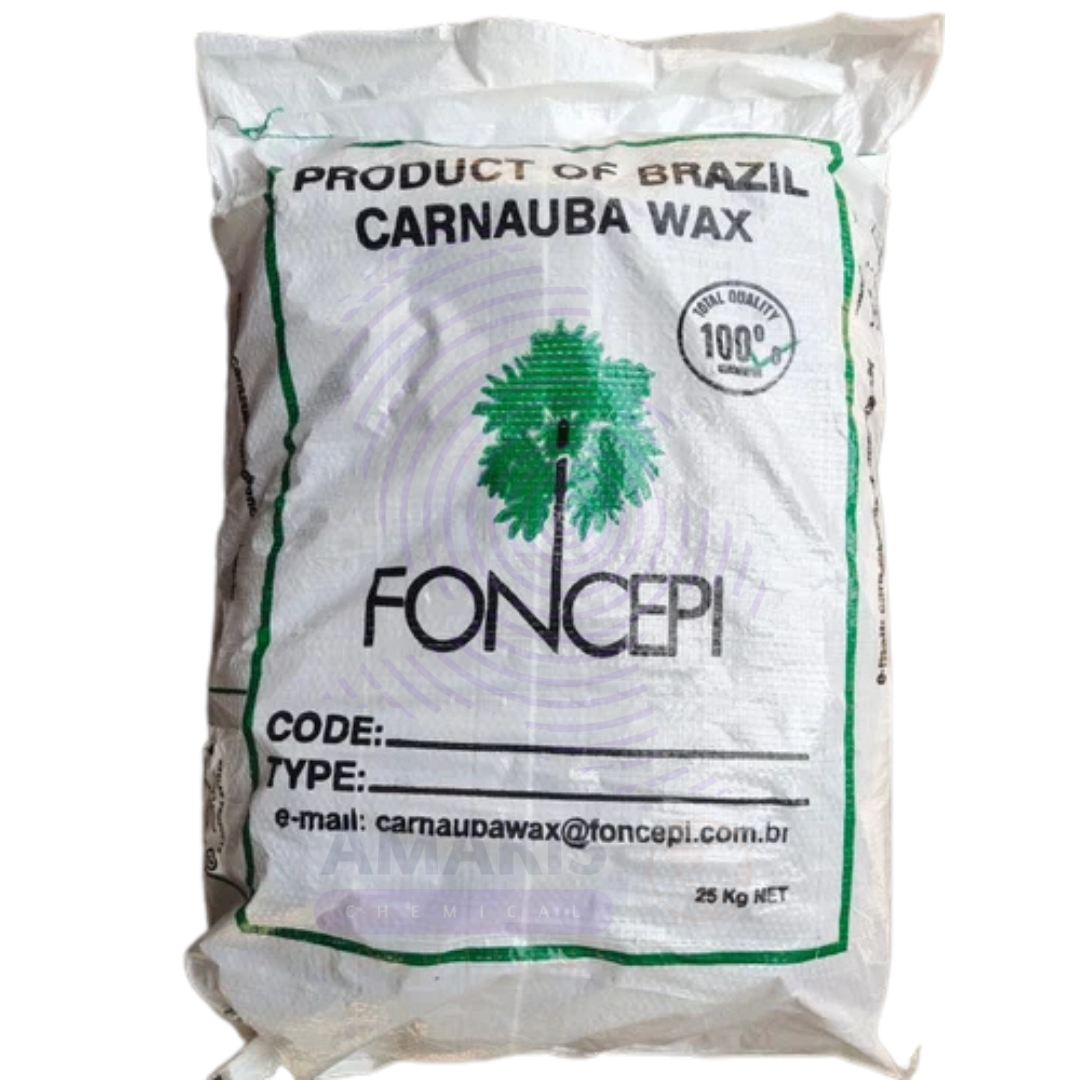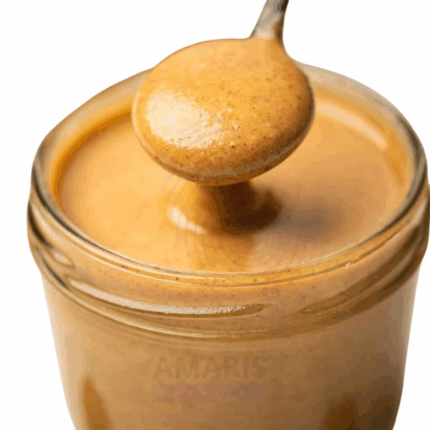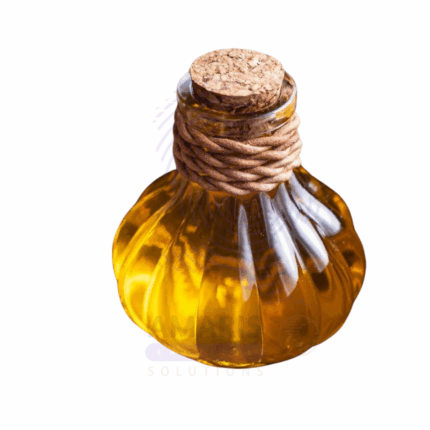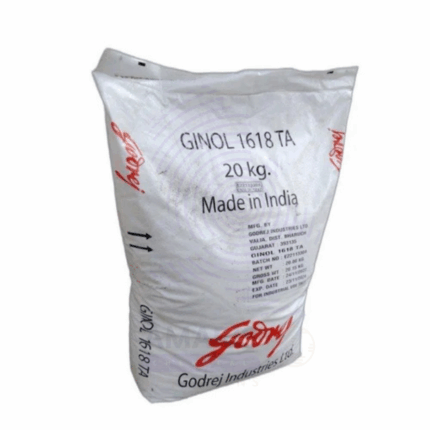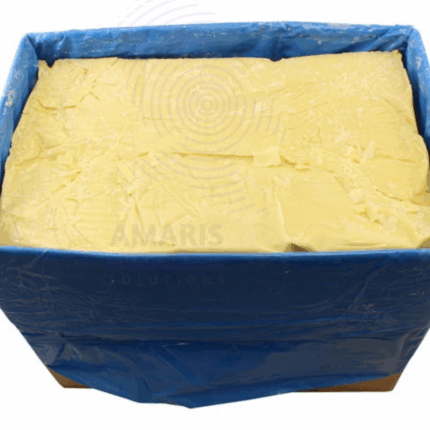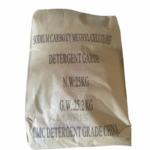

Carnauba Wax
$ 18.11 Original price was: $ 18.11.$ 18.01Current price is: $ 18.01.
Carnauba Wax is a natural vegetable wax obtained from the leaves of the Copernicia prunifera palm tree, native to northeastern Brazil. It appears as a hard, brittle, yellow to brownish-yellow wax with a faint, characteristic odor. Known as the “queen of waxes,” Carnauba Wax is prized for its exceptionally high melting point, glossy finish, and excellent hardness. It is a premium wax widely used in cosmetics, food, pharmaceuticals, automotive, and industrial applications as a natural, biodegradable alternative to synthetic waxes. Its film-forming, emulsifying, and protective properties make it highly versatile for use in coatings, polishes, and skincare products.
Carnauba Wax
Primary Uses
- Cosmetics & Personal Care
- Used in lipsticks, lip balms, mascaras, and lotions to provide hardness, structure, and a glossy finish.
- Acts as an emulsifier and thickening agent in creams and ointments.
- Enhances water resistance and durability of cosmetic products.
- Food Industry
- Approved as a food additive (E903) used as a glazing agent and coating for confectionery, chewing gum, and fruits.
- Provides a shiny, protective layer to maintain freshness and appearance.
- Pharmaceuticals
- Used as a coating agent in tablets and capsules to control release and improve appearance.
- Serves as a base in topical ointments and salves for its emollient and protective properties.
- Automotive & Industrial Applications
- Applied in car waxes and polishes to enhance surface gloss and protect paintwork.
- Used in floor polishes, shoe polishes, and furniture waxes for hardness and shine.
- Incorporated in coatings and adhesives for its film-forming ability.
Secondary Uses
- Candle Making
- Used as a hardening agent in specialty candles to increase melting point and gloss.
- Textile & Leather Treatment
- Applied as a waterproofing and polishing agent in leather care products.
- Printing Industry
- Used in inks and printing pastes to improve gloss and adhesion.
1. Basic Identification Attributes
- Chemical Name (IUPAC): Mixture of esters of fatty acids and long-chain alcohols
- Common/Trade Name: Carnauba Wax
- CAS Number: 8015-86-9
- HS Code: 1521.90.90
- Molecular Formula: Complex natural mixture
- Synonyms:
- Brazil wax
- Palm wax
- Wax of Copernicia prunifera
2. Physical & Chemical Properties
- Physical State: Solid wax (flakes, powder, or pastilles)
- Color & Odor: Yellow to brownish-yellow; mild characteristic odor
- Melting Point: 82–86°C (180–187°F)
- Boiling Point: Not applicable (decomposes before boiling)
- Density: ~0.97 g/cm³ at 20°C
- Solubility:
- Insoluble in water
- Soluble in esters, ketones, aromatic and aliphatic hydrocarbons
- Acid Value: 5–15 mg KOH/g
- Saponification Value: 80–100 mg KOH/g
- Stability: Stable under normal conditions; resistant to oxidation and heat
3. Safety & Hazard Attributes
- Hazard Class (GHS): Not classified as hazardous
- NFPA Ratings:
- Health: 0
- Flammability: 1 (combustible solid)
- Reactivity: 0
- Exposure Limits: Not established; generally regarded as safe
- Toxicity: Non-toxic; approved for food and cosmetic use
- Reactivity: Chemically stable; may burn if exposed to open flame
4. Storage & Handling Attributes
- Storage Conditions: Store in a cool, dry place away from direct sunlight and ignition sources
- Container Type: Food-grade or industrial-grade sealed containers or bags
- Shelf Life: Up to 5 years if stored properly
- Special Handling: Use PPE when handling molten wax; avoid inhalation of fumes if heated
5. Regulatory & Compliance Attributes
- FDA Status: GRAS (Generally Recognized as Safe) for food use (21 CFR §178.3710)
- Food Additive Code (EU): E903
- REACH Status: Registered
- Transportation: Not regulated as hazardous material
- Waste Disposal: Biodegradable; dispose according to local regulations
6. Environmental & Health Impact
- Ecotoxicity: Low environmental impact; biodegradable and non-toxic to aquatic life
- Persistence: Readily biodegradable
- Bioaccumulation: Not expected to bioaccumulate
- Carcinogenicity/Mutagenicity: Not classified as carcinogenic or mutagenic
- Biodegradability: Readily biodegradable
Safety Handling Precautions
Personal Protective Equipment (PPE):
- Heat-resistant gloves (when handling molten wax)
- Protective eyewear
- Lab coat or apron
Handling Measures:
- Avoid contact with hot wax to prevent burns
- Use adequate ventilation if heating
- Do not mix with strong oxidizers
Storage Measures:
- Keep container tightly sealed
- Store away from heat and ignition sources
- Use FIFO inventory method
Hygiene Practices:
- Wash hands after handling
- Do not eat, drink, or smoke while handling product
First Aid Measures
- Inhalation: Move to fresh air if fumes from heating are inhaled
- Skin Contact: Cool affected area with water if hot wax contacts skin; seek medical attention for burns
- Eye Contact: Rinse thoroughly with water; seek medical attention if irritation persists
- Ingestion: Non-toxic; rinse mouth and drink water; seek medical advice if large amounts ingested
Firefighting Measures
- Fire Hazards: Combustible solid; may ignite at high temperature
- Extinguishing Media: Use dry chemical, CO₂, foam, or water spray
- Special Precautions: Firefighters should wear full protective gear and self-contained breathing apparatus
- Decomposition Products: May release CO, CO₂, and hydrocarbons when burned


 Preservatives(food)
Preservatives(food) Flavor Enhancers
Flavor Enhancers Acidulants
Acidulants Sweeteners
Sweeteners Antioxidants
Antioxidants Colorants(food)
Colorants(food) Nutraceutical Ingredients (food)
Nutraceutical Ingredients (food) Nutrient Supplements
Nutrient Supplements Emulsifiers
Emulsifiers
 Collectors
Collectors Dust Suppressants
Dust Suppressants Explosives and Blasting Agents
Explosives and Blasting Agents Flocculants and Coagulants
Flocculants and Coagulants Frothers
Frothers Leaching Agents
Leaching Agents pH Modifiers
pH Modifiers Precious Metal Extraction Agents
Precious Metal Extraction Agents
 Antioxidants(plastic)
Antioxidants(plastic) Colorants (Pigments, Dyes)
Colorants (Pigments, Dyes) Fillers and Reinforcements
Fillers and Reinforcements Flame Retardants
Flame Retardants Monomers
Monomers Plasticizers
Plasticizers Polymerization Initiators
Polymerization Initiators Stabilizers (UV, Heat)
Stabilizers (UV, Heat)
 Antifoaming Agents
Antifoaming Agents Chelating Agents
Chelating Agents Coagulants and Flocculants
Coagulants and Flocculants Corrosion Inhibitors
Corrosion Inhibitors Disinfectants and Biocides
Disinfectants and Biocides Oxidizing Agents
Oxidizing Agents pH Adjusters
pH Adjusters Scale Inhibitors( water)
Scale Inhibitors( water)
 Antioxidants(cosmetic)
Antioxidants(cosmetic) Emollients
Emollients Fragrances and Essential Oils
Fragrances and Essential Oils Humectants
Humectants Preservatives
Preservatives Surfactants(cosmetic)
Surfactants(cosmetic) Thickeners
Thickeners UV Filters
UV Filters
 Fertilizers
Fertilizers Soil Conditioners
Soil Conditioners Plant Growth Regulators
Plant Growth Regulators Animal Feed Additives
Animal Feed Additives Biostimulants
Biostimulants Pesticides (Herbicides, Insecticides, Fungicides)
Pesticides (Herbicides, Insecticides, Fungicides)
 Active Pharmaceutical Ingredients (APIs)
Active Pharmaceutical Ingredients (APIs) Excipients
Excipients Solvents(pharmaceutical)
Solvents(pharmaceutical) Antibiotics
Antibiotics Antiseptics and Disinfectants
Antiseptics and Disinfectants Vaccine Adjuvants
Vaccine Adjuvants Nutraceutical Ingredients (pharmaceutical)
Nutraceutical Ingredients (pharmaceutical) Analgesics & Antipyretics
Analgesics & Antipyretics
 Analytical Reagents
Analytical Reagents Solvents(lab)
Solvents(lab) Chromatography Chemicals
Chromatography Chemicals Spectroscopy Reagents
Spectroscopy Reagents microbiology-and-cell-culture-reagents
microbiology-and-cell-culture-reagents Molecular Biology Reagents
Molecular Biology Reagents Biochemical Reagents
Biochemical Reagents Inorganic and Organic Standards
Inorganic and Organic Standards Laboratory Safety Chemicals
Laboratory Safety Chemicals Specialty Laboratory Chemicals(Special Laboratory Equipment)
Specialty Laboratory Chemicals(Special Laboratory Equipment)
 Demulsifiers
Demulsifiers Hydraulic Fracturing Fluids
Hydraulic Fracturing Fluids Scale Inhibitors(oil)
Scale Inhibitors(oil) Surfactants(oil)
Surfactants(oil) Drilling Fluids
Drilling Fluids
 Dyes and Pigments
Dyes and Pigments Bleaching Agents
Bleaching Agents Softening Agents
Softening Agents Finishing Agents
Finishing Agents Antistatic Agents
Antistatic Agents
 Admixtures
Admixtures Waterproofing Agents
Waterproofing Agents Sealants and Adhesives
Sealants and Adhesives Curing Compounds
Curing Compounds Concrete Repair Chemicals
Concrete Repair Chemicals Anti-Corrosion Coatings
Anti-Corrosion Coatings
 Surfactants(cleaning)
Surfactants(cleaning) Builders
Builders Enzymes
Enzymes Solvents (Cleaning)
Solvents (Cleaning) Fragrances
Fragrances
 Electronic Chemicals
Electronic Chemicals Catalysts
Catalysts Lubricants
Lubricants Photographic Chemicals
Photographic Chemicals Refrigerants
Refrigerants Automotive chemicals
Automotive chemicals Pyrotechnic Chemicals
Pyrotechnic Chemicals
 Biodegradable Surfactants
Biodegradable Surfactants Bio-based Solvents
Bio-based Solvents Renewable Polymers
Renewable Polymers Carbon Capture Chemicals
Carbon Capture Chemicals Wastewater Treatment Chemicals
Wastewater Treatment Chemicals
 Pigments
Pigments Solvents(paint)
Solvents(paint) Specialty Coatings
Specialty Coatings Binders/Resins
Binders/Resins Additives
Additives Driers
Driers Anti-Corrosion Agents
Anti-Corrosion Agents Functional Coatings
Functional Coatings Application-Specific Coatings
Application-Specific Coatings
 Fresh Herbs
Fresh Herbs Ground Spices
Ground Spices Whole Spices
Whole Spices Spice Blends
Spice Blends Dried Herbs
Dried Herbs
 Leavening Agents
Leavening Agents Dough Conditioners
Dough Conditioners Flour Treatments
Flour Treatments Fat Replacers
Fat Replacers Decoratives
Decoratives Preservatives(baking)
Preservatives(baking)
 Plasticizers & Softeners
Plasticizers & Softeners Reinforcing Agents
Reinforcing Agents Adhesion Promoters
Adhesion Promoters Vulcanizing Agents
Vulcanizing Agents Antidegradants
Antidegradants Blowing Agents
Blowing Agents Fillers & Extenders
Fillers & Extenders Accelerators & Retarders
Accelerators & Retarders